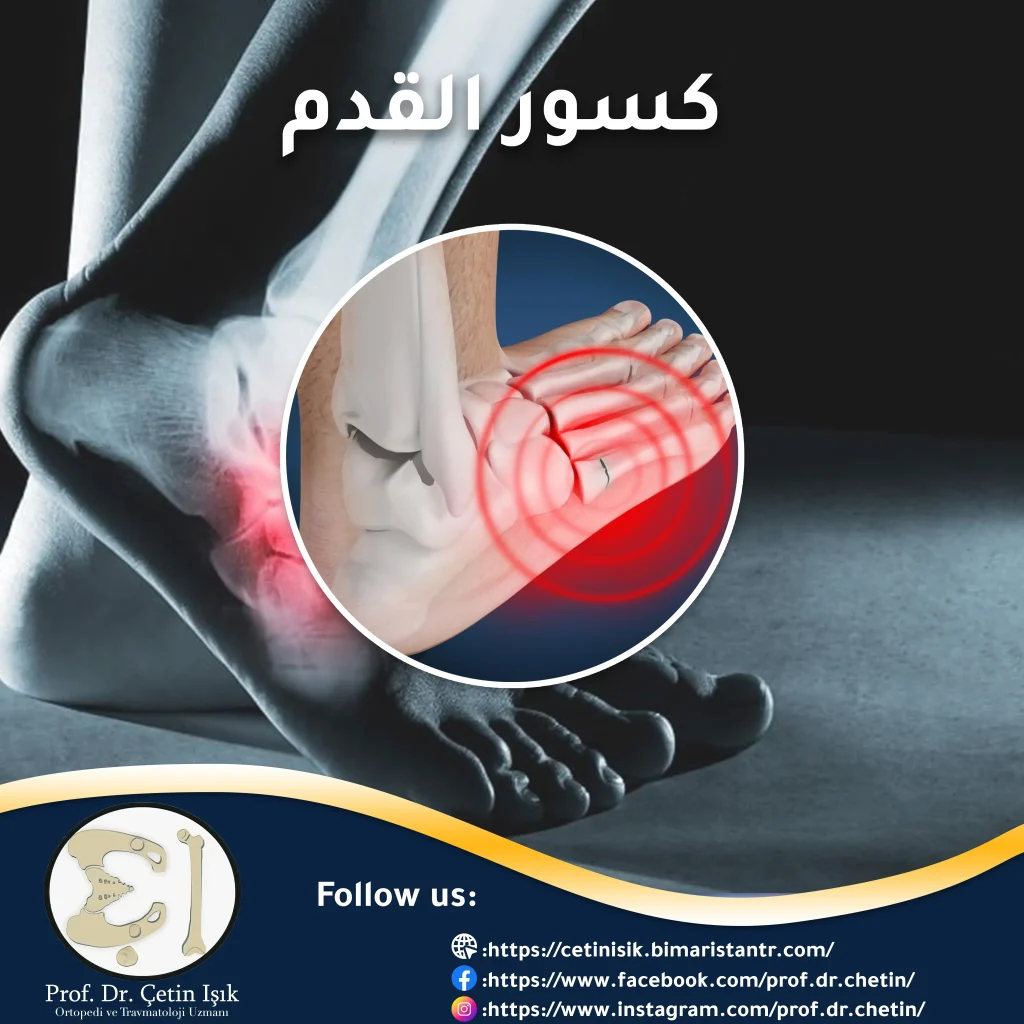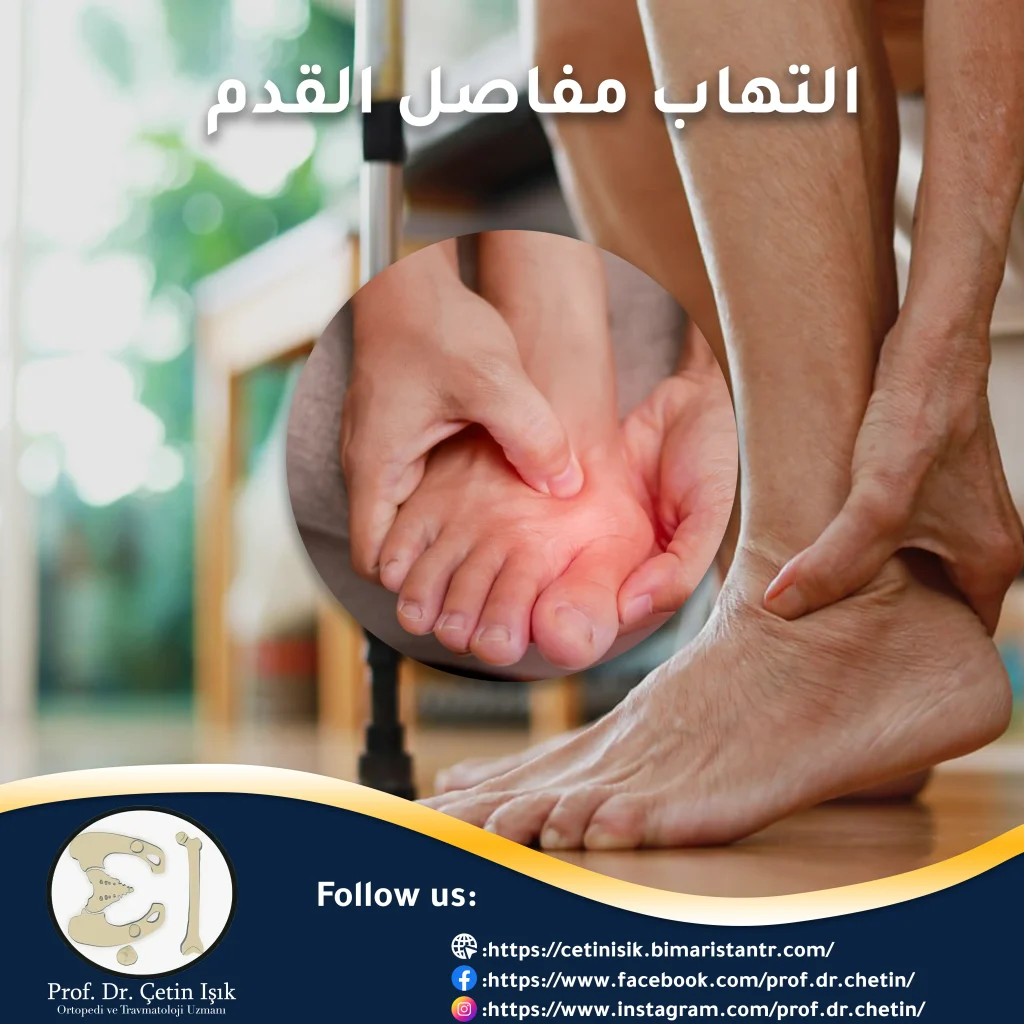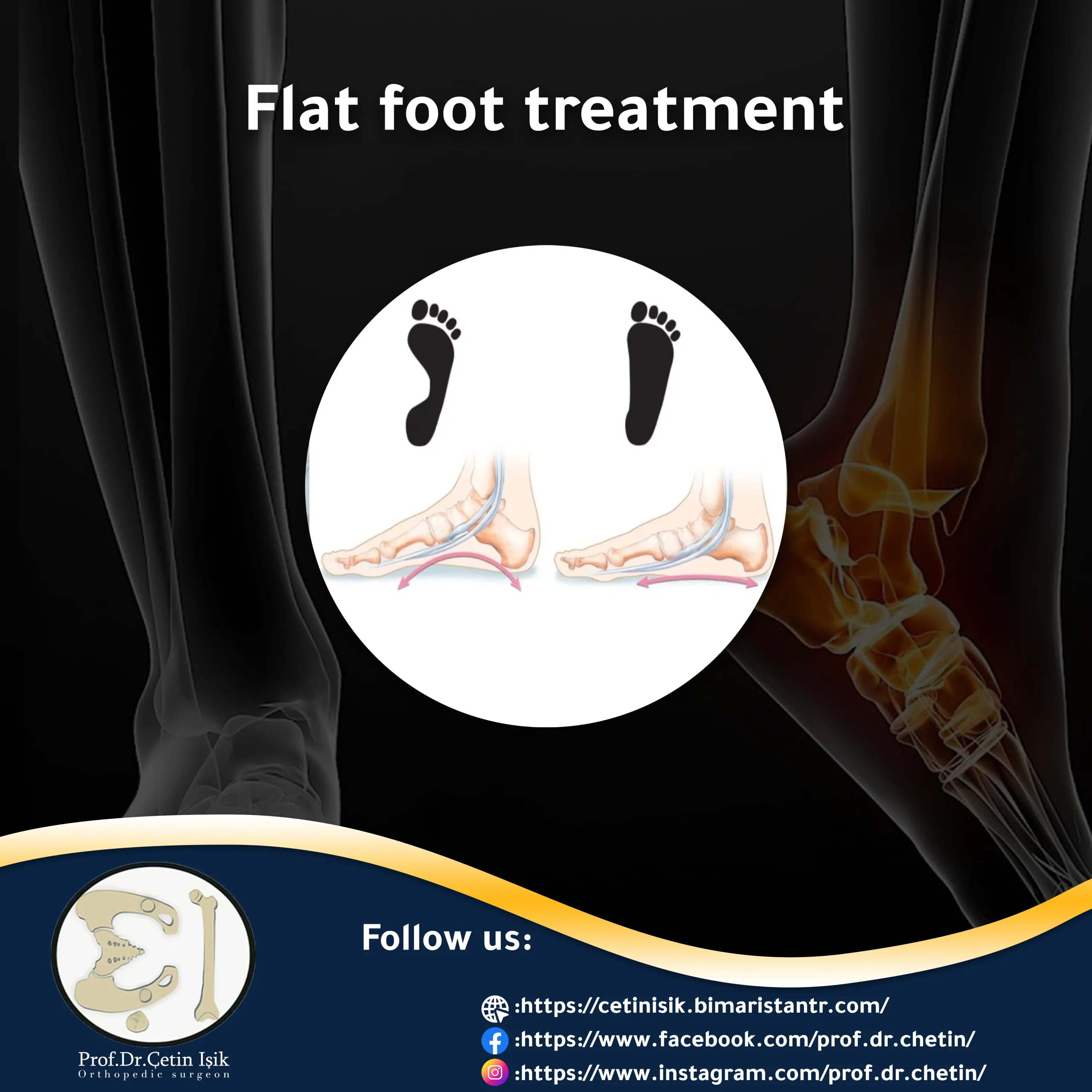Foot fractures can happen to any of the bones that make up the foot. The amount of force causing this fracture ranges from a minor injury or bump to a strong blow and blunt injury.
But what are the causes of foot fractures? ,What are the different types and locations of this fracture? How serious is it and its impact on your daily habits? In this article, we will include everything you want to know about foot fractures.
Introduction to foot fractures
get foot fracture is common in general among practitioners of contact sports such as football and basketball, and the rest of the people are not excluded from the occurrence of this fracture, as it may occur as a result of excessive foot stress (for example, from running) or after accidents and injuries received by the foot, and foot fractures take multiple forms of varying severity, in most cases These fractures can be healed by changing daily habits and rest, and rarely in severe cases, surgery is used.
One foot in humans consists of 5 toes (comes in the front of the foot), one toe consists of 3 phalanges except for the first toe which contains only two phalanges, followed by the metatarsal bones (5 bones) and then the posterior tarsal bones. An injury to one of these bones that make up the foot fracture.
Injuries and fractures of the bones of the foot comprise 10% of all fractures that occur in the body.
Foot fractures are common in children because of their weak bones.
Location of foot fracture
A fracture can occur in any of the bones that make up the foot. We mention the places that are most commonly fractured:
- Toe fractures: they can self-heal, patients of infancy and young age are the most common for these fractures.
- Metatarsal fracturesThey are fractures that occur in the middle of the foot. Surgery is rarely used in this form of fracture. The fracture of the base of the fifth metatarsal bone has a special classification among metatarsal fractures and is called a Jones fracture.
- Carpal fractures: These are the bones located just behind the metatarsals.
- Ankle fracture: It is a fracture of the joint that connects the bones of the leg (tibia and fibula) with the foot. Ankle fractures usually need medical therapy.

Types of foot fractures
These fractions are divided into:
- Non-replacing fractures: the broken bone remains in its original position.
- Shift fractures: The broken bones move out of place.
Causes of foot fractures
cases can be produced broken foot like falling from a great height or exposure to a direct collision on the foot such as the fall of something hard and heavy on the foot, or as a result of friction during sports activities (for those who play football) or due to a traffic accident or bicycle accidents, and the foot can also be fractured as a result of pressure or overloading it.
Symptoms of a broken foot
Symptoms of a broken foot include the following signs:
- feeling pain that increases when walking, playing, or when putting a load on the foot, ankle, or fingers.
- Swelling, bruising, cuts, and abrasions at the site of the injury
- Difficulty or inability to walk after the fracture
- Foot fractures can be associated with fracture and dislocation of several other bones and joints in the body, such as pelvic fractures, hip fractures, or knee fractures, due to the similarity of the causes leading to these fractures with the causes of fractures in the foot.
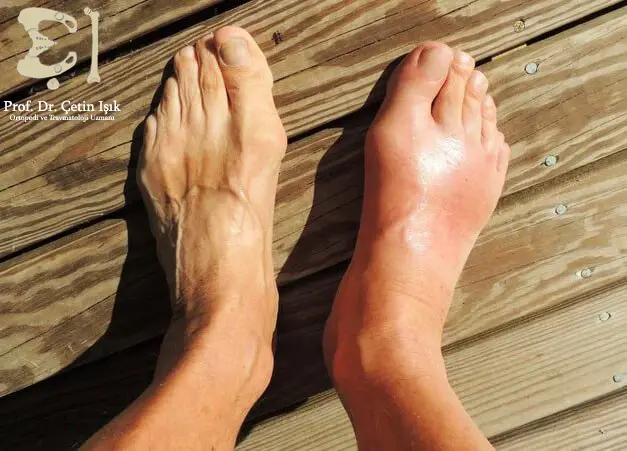
Diagnosis of foot fractures
The path towards diagnosing foot fractures is divided into:
Clinical examination
After taking the patient's medical history, the doctor inquires about the location of the pain that the patient feels, then examines the range of foot movement that the injured suffers from, and compares it with a healthy foot, in addition The doctor observes the signs of a broken foot mentioned in the previous paragraph.
radiography
Foot X-ray is sufficient to diagnose fractures.
Rarely, an MRI or CT scan is required when the doctor suspects a strong fracture, but it does not appear on the simple picture (X-ray).
Complications of foot fractures
Some unwanted complications from a broken foot can result. These include:
- osteomyelitis,An open fracture leads to exposing the bone tissue on the outside so that it becomes vulnerable to germs.
- Foot arthritis: It occurs in the long term as a result of the fracture.
- Damage to the nerves and blood vessels: Occurring from one of the fragments of bone in a severe fracture, severe injury to the vessels can lead to hemorrhagic shock, which leads to death.
Foot fracture treatment
The treatment depends on the location and pattern of the fracture in the foot, as the treatment of a broken toe is different from the treatment of a metatarsal crack or a heel fracture. Treatment is divided into:
Conservative treatment
There are a number of first aid measures that must be applied when symptoms indicating a fracture appear, including:
- Avoid putting excessive load on the broken foot, and not walking on it.
- Apply ice to the affected area or foot to reduce pain and swelling.
- Strong bandages are useful in stabilizing broken bones in the foot.
- Painkillers such as paracetamol and non-steroidal anti-inflammatory drugs can be used to reduce the pain and inflammation caused by the fracture.
- Casting the foot with a splint placed by the doctor.
- Use appropriate medical shoes for the condition of the crack in the foot.
- In the case of a change in the location of the phalanges of the toes, the doctor works in this case to return the toe to its correct place, with local anesthesia of the foot.
- Physical therapy by given exercises that help in recovery and prevention of stiffness, especially after a long period of deprivation from walking.
- We emphasize the importance of the patient going to the hospital in order to ensure the correct and accurate diagnosis to receive the optimal and appropriate treatment.
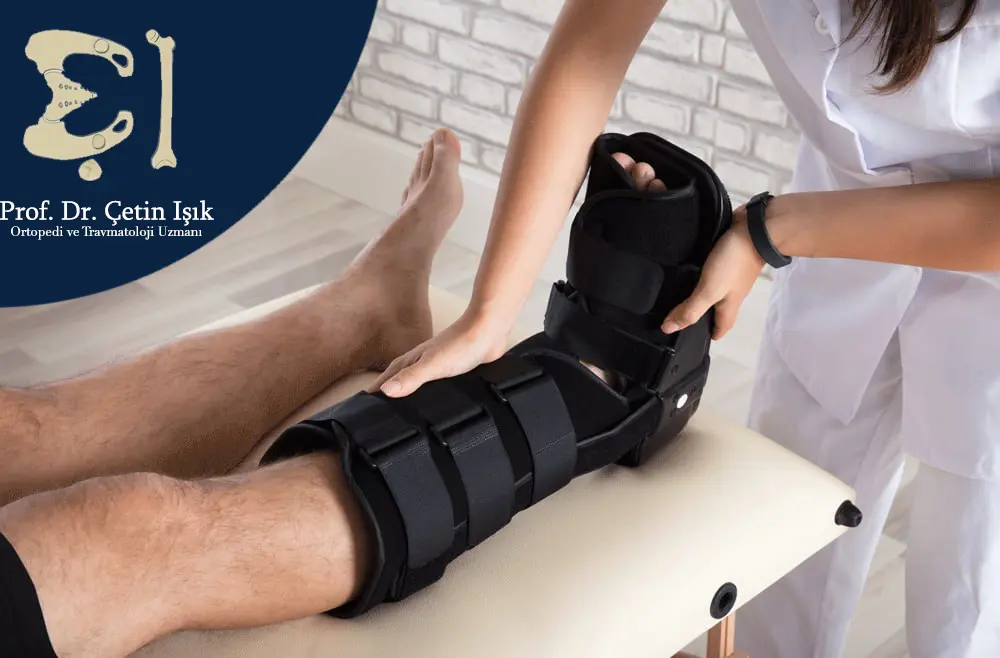
Surgical treatment
In rare cases, foot and ankle surgery can be resorted to, in case conservative treatment fails. Foot surgery can be done endoscopically, which is less harmful to the tissues, or open surgery and internal fixation of the broken bones. This technique is used in the event of several fractures in several places. Different in the five metatarsals, the tools used in internal fixation include metal plates or a medullary screw that stabilize broken bones and speed up the healing of a broken leg.

In conclusion, foot fractures are common in children, as well as in adults and adults. The main reason for them is the exposure of the injured person to a strong blow to the foot. Treatment methods differ according to the location and position of the fracture in the foot.
Sources:
Common questions
Pain, swelling, and deformity of the foot are all symptoms that point towards suspicion of a broken foot.
It is not possible to walk immediately after exposure to a fracture, physical rehabilitation doctors can give you after about 3 to 8 weeks exercises that help restore movement and walking again normally.
The doctor or attending physician determines the specific period for the end of the casting, on average, you need a period of 4 weeks until you can remove the cast, after which physical therapy is directed and periodic examinations are conducted to ensure the effectiveness of the treatment and the occurrence of bone fusion.
The peak of pain is in the first few days of the fracture, the condition can be relieved by giving painkillers.
On average, complete healing occurs one to three months after the fracture. The duration can increase or decrease by days or weeks, and the duration depends mainly on the location of the foot injury.


